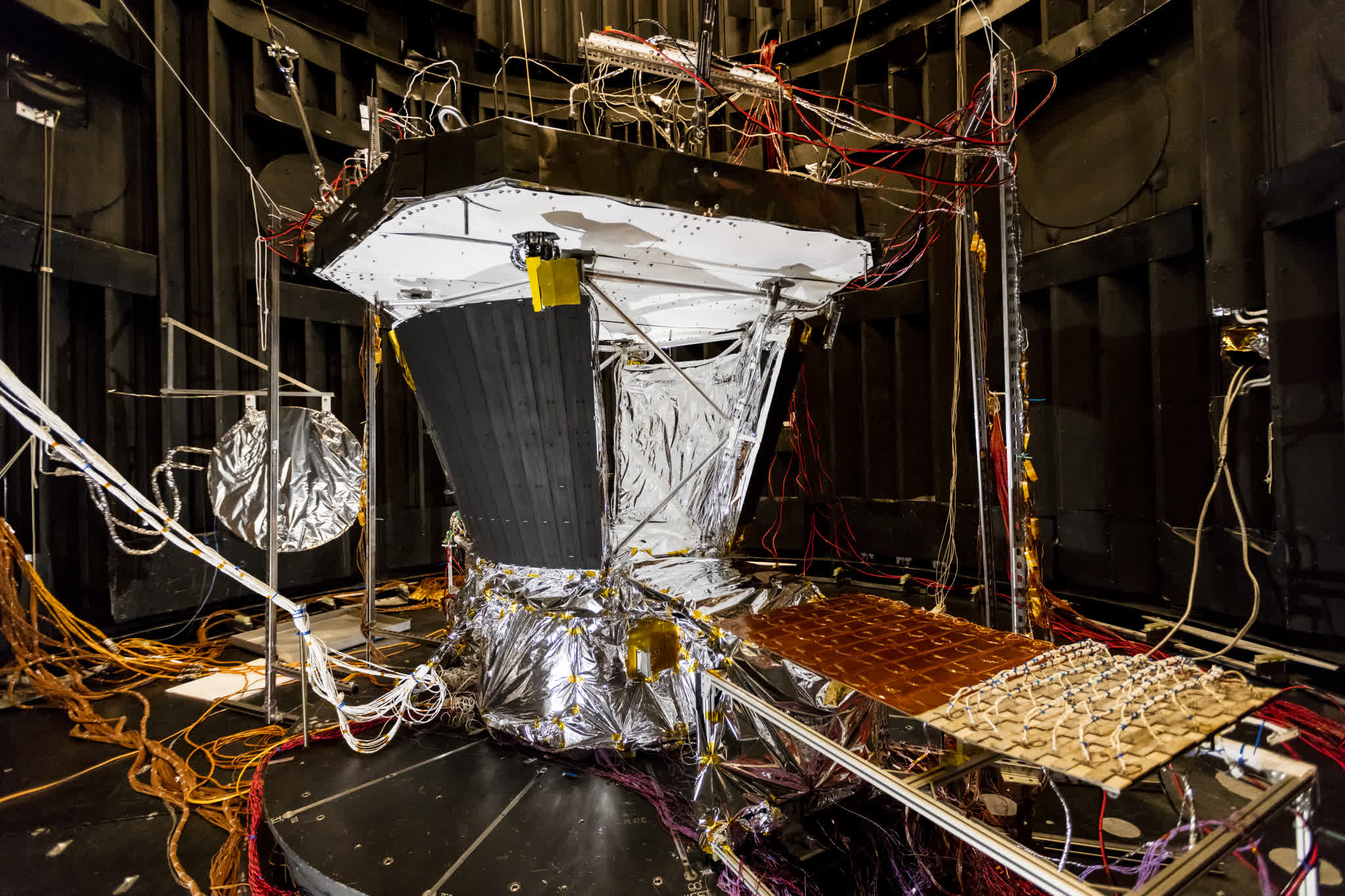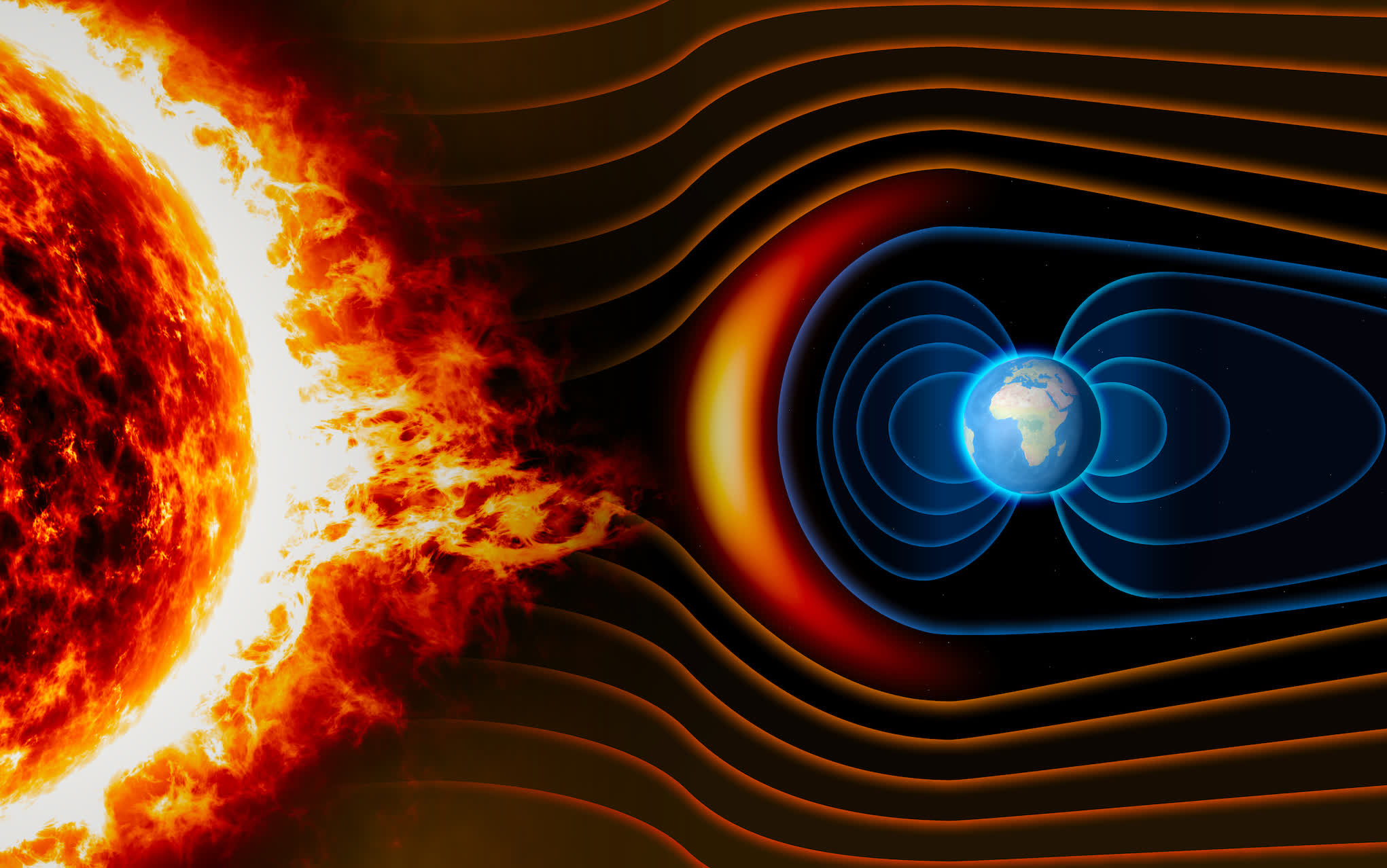Why it matters: Launched in 2018, the Parker Solar Probe is on a mission to study the outermost layer of the Sun's atmosphere. This so called "corona" is the region where solar wind is originated, and the space vessel named after astrophysicist Eugene Newman Parker (who actually coined the term "solar wind") is well positioned to reveal all its secrets.
The latest data collected by the Parker Solar Probe (PSP) have revealed the origin of "fast" solar wind, one of two know states which can escape Sun's gravity and fill the entire heliosphere. Knowing how solar wind gets out of the Sun's corona to interact with planets in the solar system is paramount if we want to avoid a potential catastrophe with Earth's global communications and electronic devices.
The Parker Solar Probe is designed to "touch" the Sun's outermost atmosphere, roughly 4.3 million miles from the surface of the star, and orbit it until 2025. On its journey to achieve its ultimate target, the probe has been slowly approaching the Sun's corona using Venus flybys as a gravity assist – a slingshot-like maneuver – to save on fuel.
A new study published in Nature is now explaining where and how fast solar winds come from. Data collected by PSP during its recent encounter with the Sun's corona have revealed the likely origin of the phenomenon, which is related to an "interchange reconnection mechanism" of the Sun's magnetic field. Reconnection happens when two opposing magnetic fields interact with each other while they go through funnel-like structures, moving in and out of the star's surface.

Two magnetic fields pointing in opposite directions annihilate each other, the researchers explained, which releases magnetic energy and highly charged energetic particles that are slung away from the Sun.
The plasma-like fast solar winds don't have enough energy to escape the Sun's gravity field, but when they are accelerated through magnetic reconnection they can finally leave the star and permeate the magnetic bubble which shields the solar system from outside space.
The Parker Solar Probe has withstood 15 solar encounters so far, and the next one is expected to happen on June 22. The probe has survived its flybys through the Sun's corona, where temperatures can reach up to one million degrees Celsius, thanks to a 4.5 inch-thick carbon-composite heat shield.
Having a direct survey of the solar atmosphere is essential, researchers said, if we want to acquire actual measurements of Sun processes instead of just looking at electromagnetic radiation travelling millions of miles before reaching Earth.
